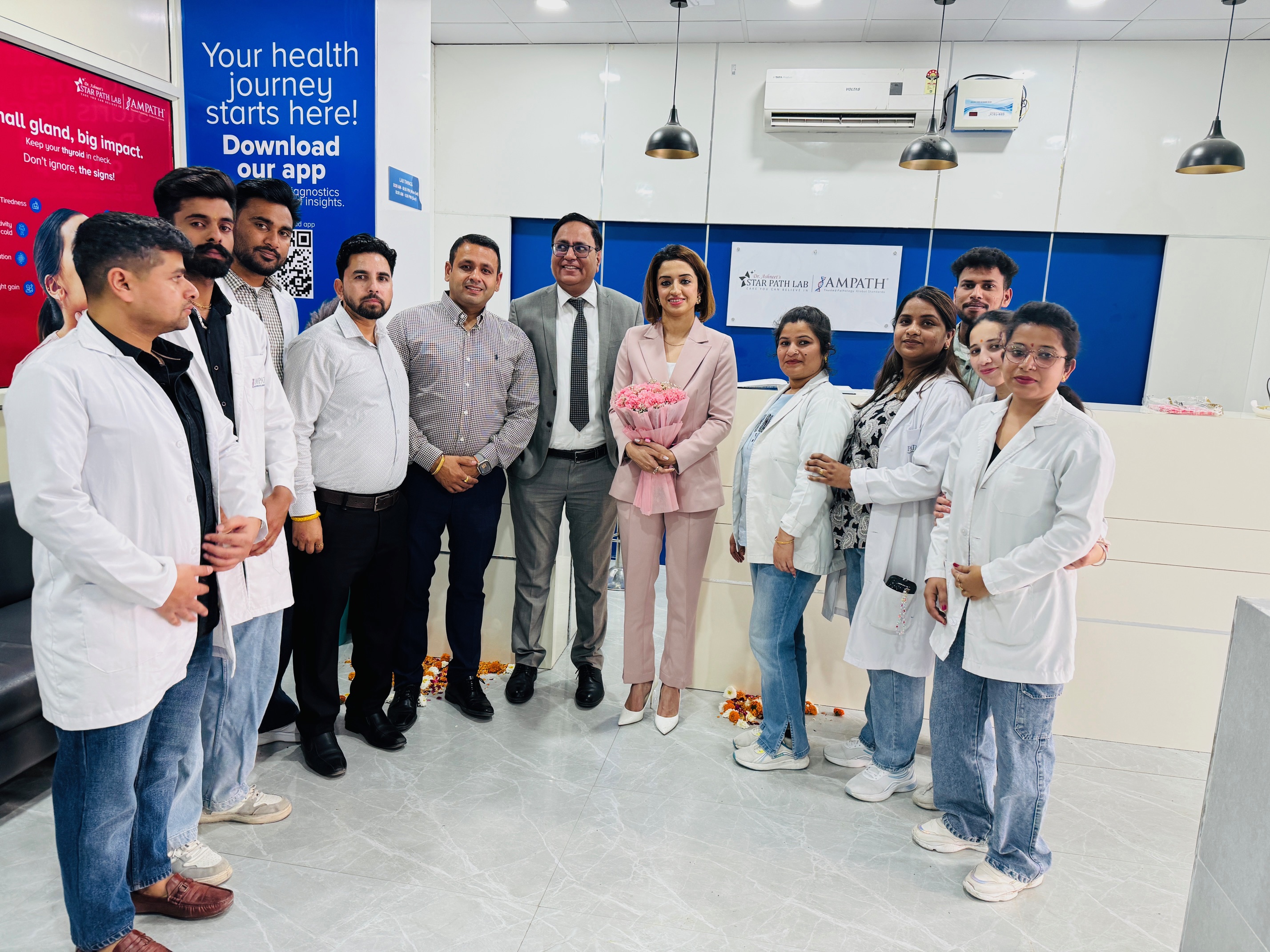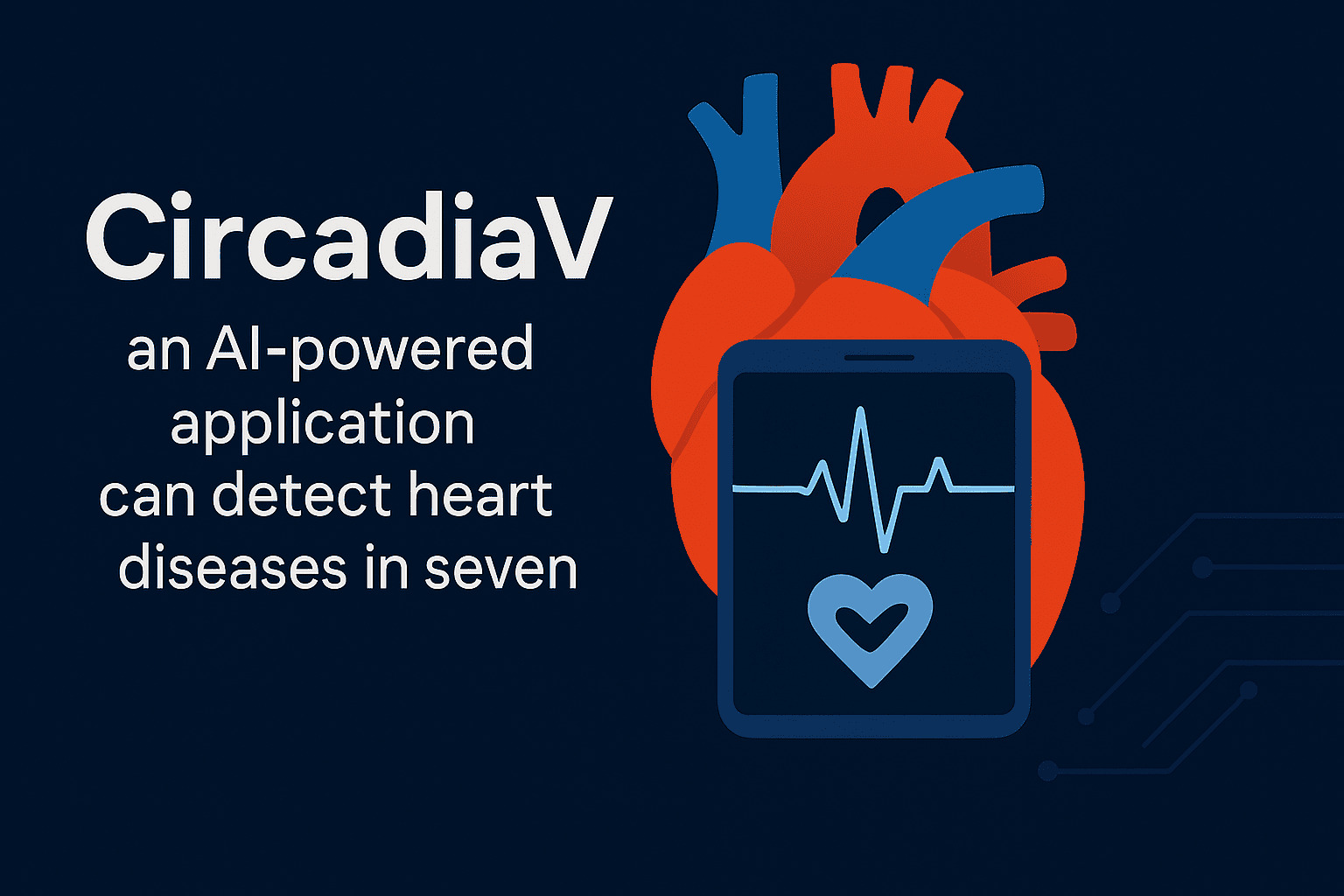Lymphedema refers to swelling that generally occurs in the arms or legs caused by the blockage of the lymphatic system. Despite recent medical advancements that address lymphoedema, knowledge about this condition is still lacking among the general public. World Lymphedema Day is a patient drive initiative to make a cure of lymphedema and lymph-related illness is a global health priority. At Medicircle, we are presenting you the Lymphedema Awareness Series wherein we are featuring eminent Vascular Surgeons, Physiotherapists or and Plastic Surgeons, treating lymphedema to raise general awareness for all people to help them find knowledge and innovations that can help them live at their best with lymphedema.
Dr. Aniruddha Bhuiyan is a Vascular and Endovascular Surgeon and the First NCH Qualified Peripheral Vascular Surgeon in Mumbai He is specialized in both open surgeries and interventional endovascular procedures for arterial, venous, and lymphatic disorders. Dr.Aniruddha is currently associated with many hospitals like Holy Spirit, Holy Family, Tata Memorial, and Hinduja Hospital He is has been awarded multiple awards and has multiple presentations to his credit both at National and International Conference levels.
Signs of Lymphoedema
Dr. Anniruddha Bhuiyan informs, “Lymphoedema is a chronic condition which causes swelling in the body primarily because of fluid accumulation. It can happen in any part of the body but usually develops more in the arms and legs and leads to massive swelling. A lymphoedema leg cannot be missed. It is quite clear as the skin stretches taut because of fluid accumulation. It occurs and develops only in the lymphatic system which is basically a network of channels and glans through the body. This lymphatic system helps in fighting infection and removing fluid from the body and when this does not work properly you get lymphoedema.”
Types of Lymphoedema
Dr.Aniruddha says, “ There are two types of lymphoedema:
Primary Lymphedema: This occurs because of alterations and mutations in the gene responsible for the development of the lymphatic system. The faulty gene basically causes parts of the lymphatic system which are necessary for draining the fluid to not develop properly or work as they should be functioning. The primary lymphedema runs in families and is transferred from father to son and grandson thereon.
Secondary Lymphedema: In secondary lymphedema, there is a faulty system that results in damage due to a multitude of causes which are cancer radiation post-cancer, and infections like filariasis in which there is a presence of a parasite which is a microscopic thread-like worm that is stuck in the human lymphatic system. The adult worms usually live in the human lymphatic system and block the lymph glands. The main cause is inflammation which causes a lot of tissue damage that results in redness, swelling, and permanent damage to the lymphatic system. The main causes of secondary lymphedema are :
Cancer Infections Post cancer Radiation Eczema Rheumatoid arthritis Varicose veins Obesity Trauma to leg Leg injury Prolonged immobility Deep Vein Thrombosis (DVT)
Symptoms of Lymphedema
Dr.Aniruddha mentions, “ The symptoms of lymphedema are as follows:
- Swelling
- Aching pain
- Heaviness
- Difficulty in walking or any movement
- Repeated skin infections that are not resolved with antibiotics and recurring infection
- Hard tight skin with increase skin folds Small warts
- Fluid and watery discharge leaking from the skin
So these are some of the symptoms which we can expect in patients of lymphedema”
Cure for lymphedema
Dr.Aniruddha informs, “Unfortunately, there is no complete cure for lymphedema. It is usually possible to maintain control over the symptoms using techniques that can help in minimizing the fluid build-up or increases the fluid outflow from the body. Now, the main modalities of the treatment are usually:
- Compression bandages in such a condition can help the patient.
- You can also complement it by exercise by basically allowing the fluid to move from the affected limb to minimize the fluid build-up. Local skincare can help by keeping the skin in the good condition
- Multiple specialized massage techniques which are called manual lymphatic drainage which can actually stimulate the blood and the lymphatic flow in the system and thus reduce swelling
So overall, I would say that all through my practice, I have seen that the lymphedema gets reduced but never gets a complete cure.
Role of surgery in lymphedema
Dr.Aniruddha explains, “The role of surgery is also limited. Being a Vascular Surgeon, The surgeries can be given only to a small subset of patients. Overall in India, the role of surgery for lymphedema is quite limited. But when we are doing these surgeries, the main aim is to remove the sections of excess skin and tissue which is called “Optimum Debulking”. This is followed by vacuum dressing which is called “Vaccum Assisted Closure.” In this procedure, the entire tissue is put into a machine called Auto Vaccum Dressing which sucks all the fluid and this helps in healing.
Another modality is called the removal of fat which is called “Liposuction” which can be done by a Plastic Surgeon. In this procedure, we tend to restore the fluid around the lymphatic affected system by connecting the lymphatic system to our blood vessels. It is termed as “Lymphoma Shunt. ”
Lymphatic bypasses: The patient suffering from lymphedema is screened by Lymphoscintigraphy. This allows us to see and connect both the inflow and outflow of the lymphatic system. This has been tried with few patients with slightly better outcomes. But the main treatment is to help in reducing the size or the area of the body affected. It may not correct the abnormality completely.”
Recurrence of Lymphedema after surgery
Dr.Aniruddha states, “It does come back because lymphedema is a staged procedure. There is a recurrence of lymphedema most of the time.
Compression garments can definitely help patients like compression stockings, and compression pumps which are available can increase the pressure of the ankle and lessen the pressure in the calf or thigh. It has a gradient flow which is going from the foot all the way up to the thigh.”
Weight loss can improve the condition of the patient.
Dr.Aniruddha says,” Obesity is usually one of the main causes of secondary lymphedema. These patients who are severely obese have a high risk of swollen bodies. It is important to know that any extra fat tissue in the thigh or abdomen definitely affects the lymphatic channels by blocking them and resulting in backward pressure leading to fluid accumulation in the legs. So weight loss is an important part of treatment. Losing a slight bit of weight can make a big difference to the total amount of swelling in the body. So with good exercise, compression garments, and obesity treatment can help you with lymphedema.” says Dr.Aniruddha
(Edited by Dr.Rati Parwani)
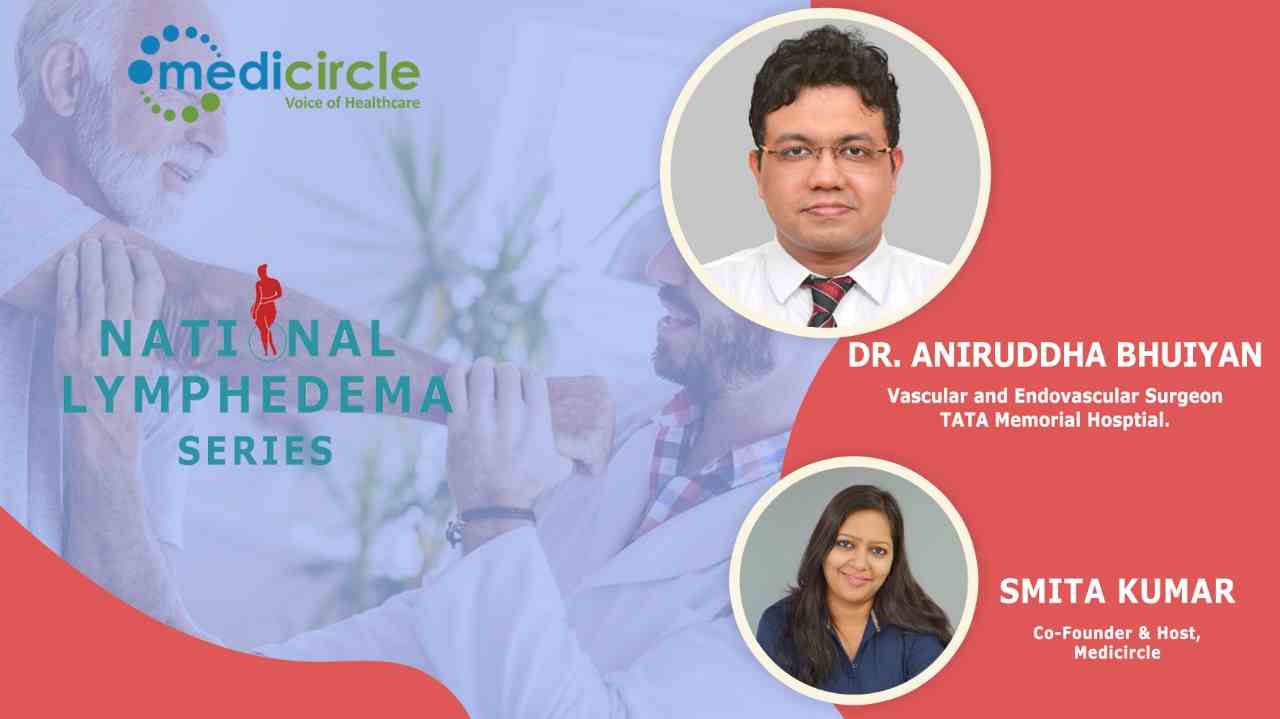
 Dr.Aniruddha Bhuiyan with his rich clinical experience provides insights into the role of surgery in lymphedema. He gives us his clear view with a professional approach about the reduction of lymphedema which can help the patients.
Dr.Aniruddha Bhuiyan with his rich clinical experience provides insights into the role of surgery in lymphedema. He gives us his clear view with a professional approach about the reduction of lymphedema which can help the patients.







.jpeg)


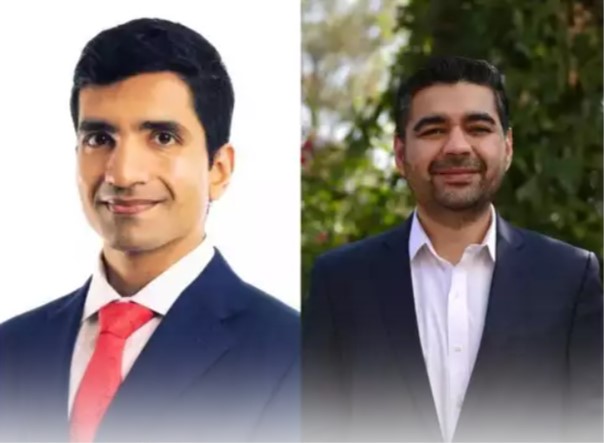
.jpg)
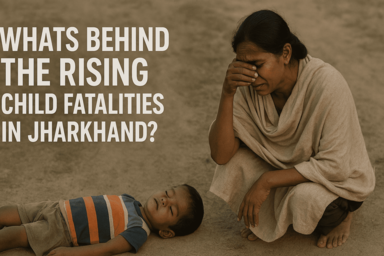
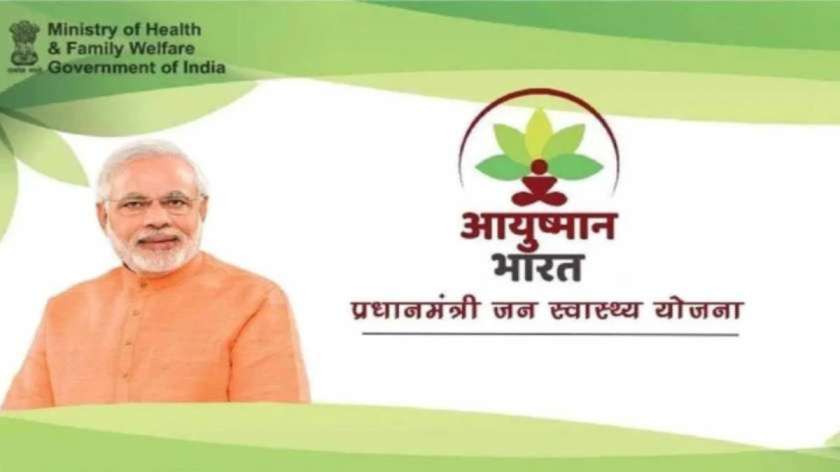
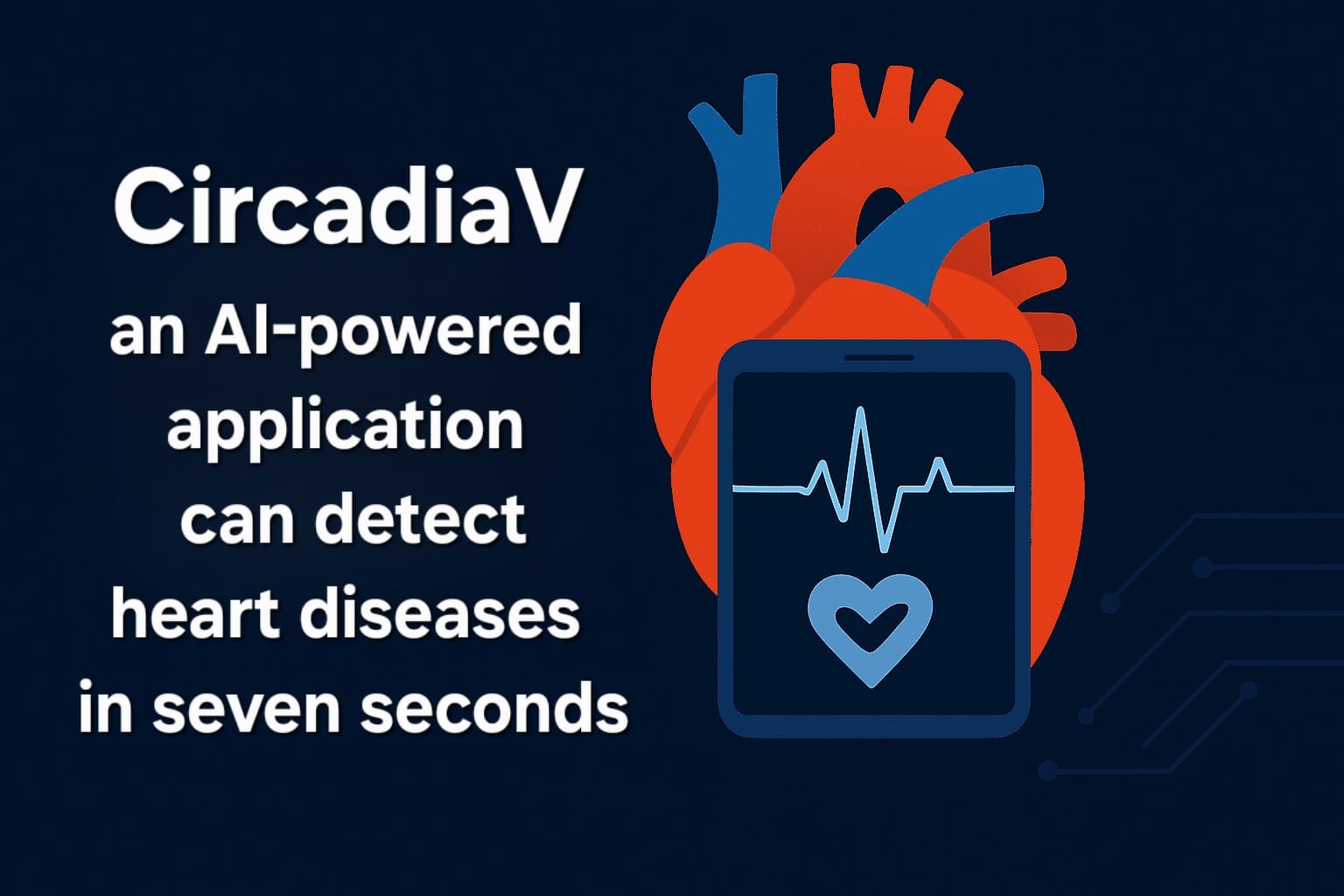





.jpeg)

.jpg)




.jpg)

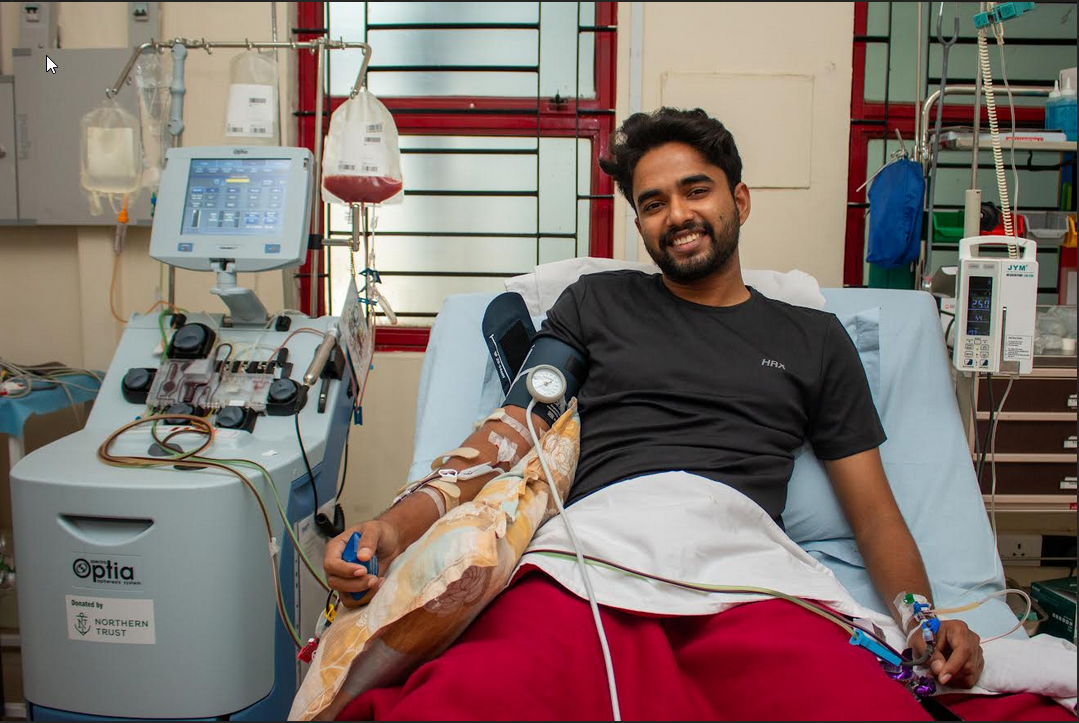

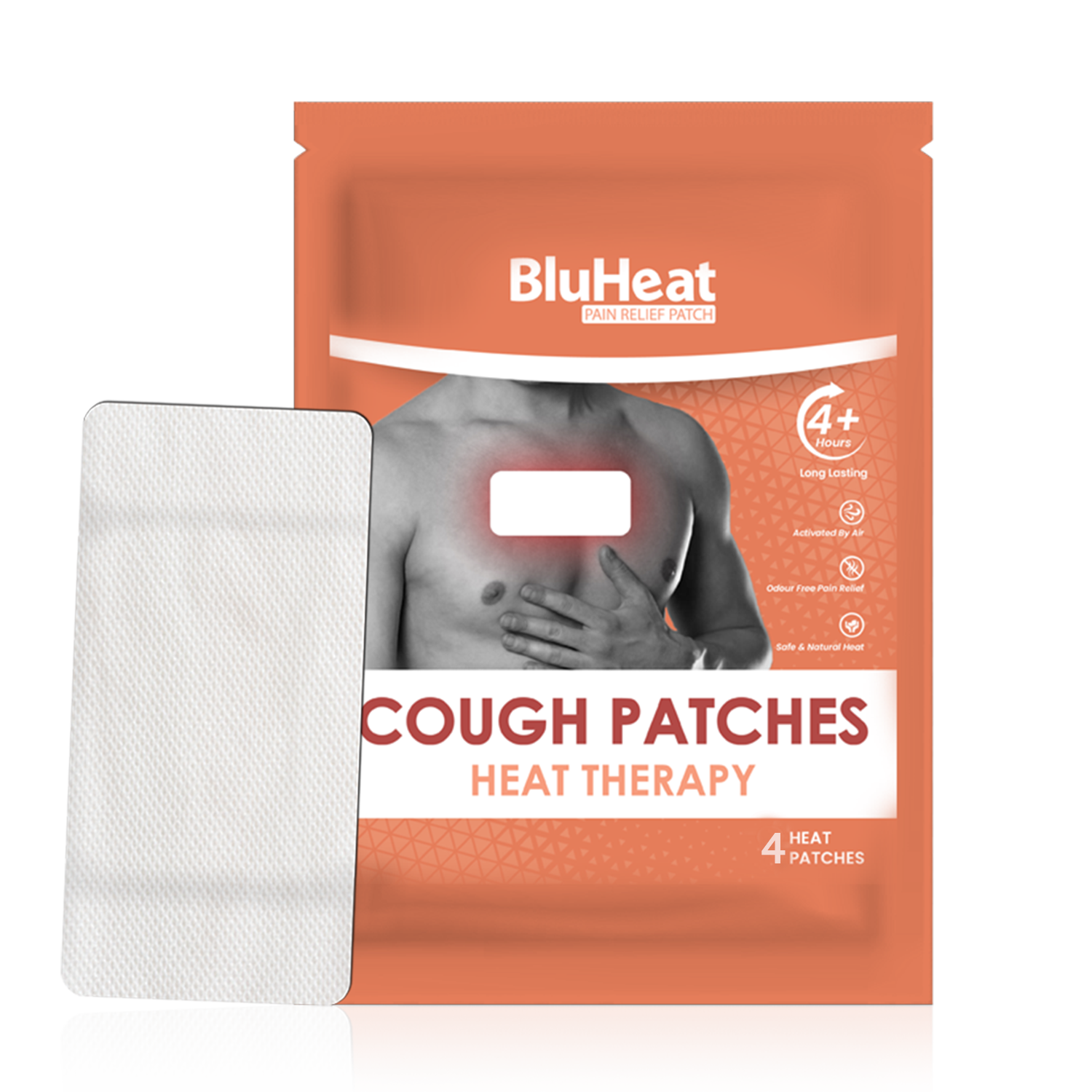
.png)


